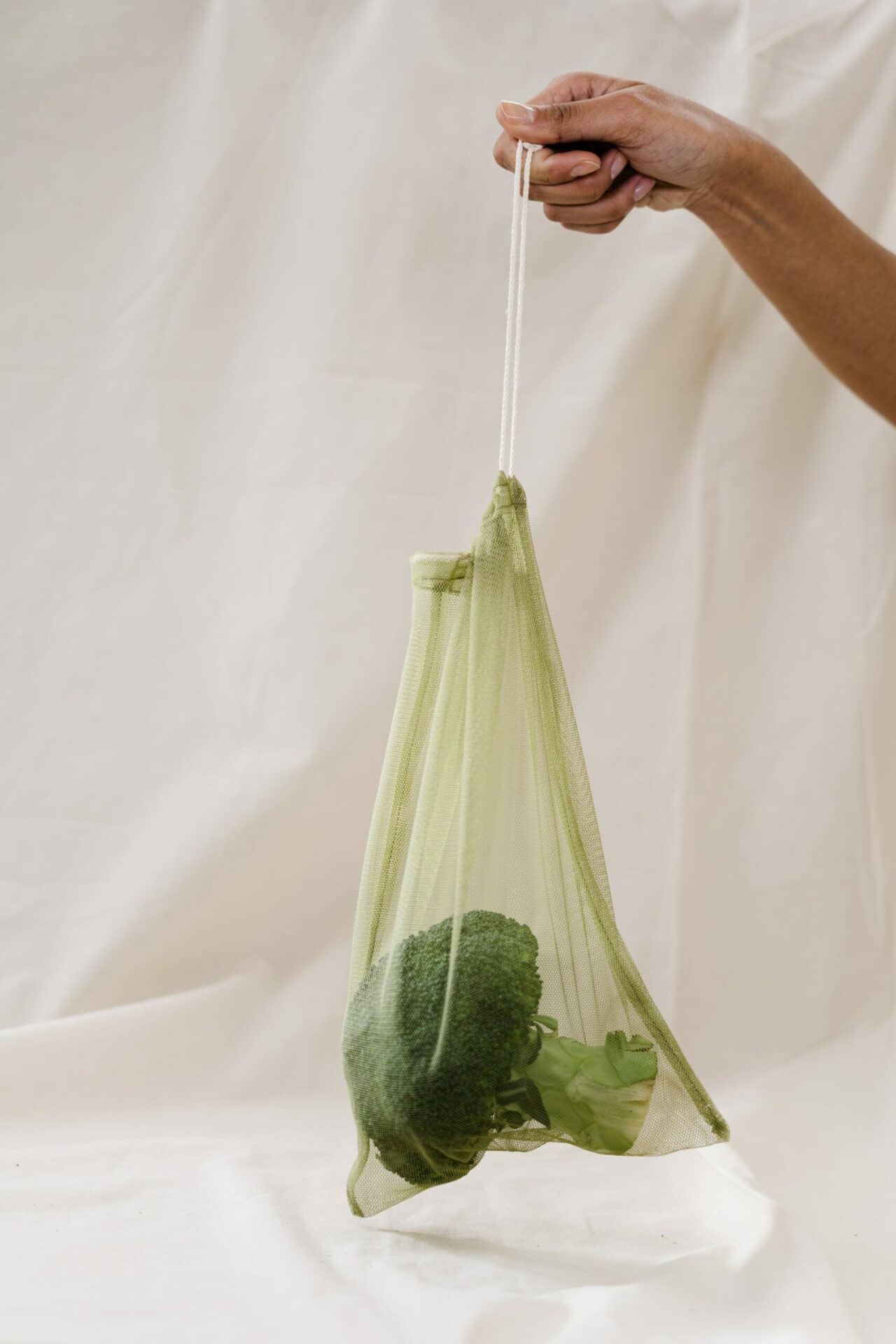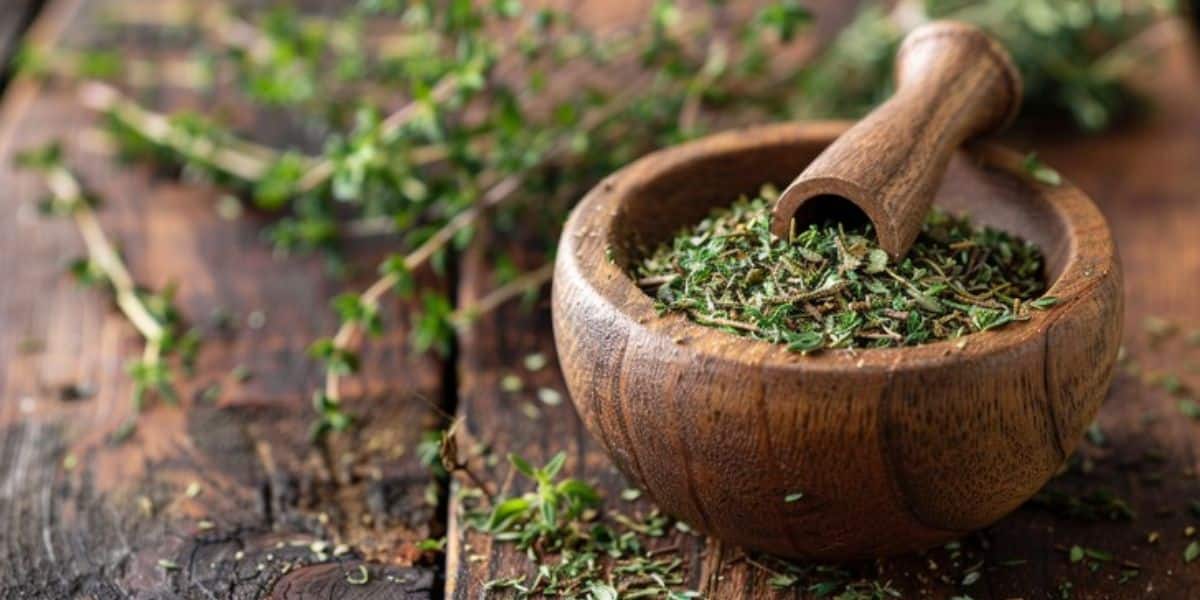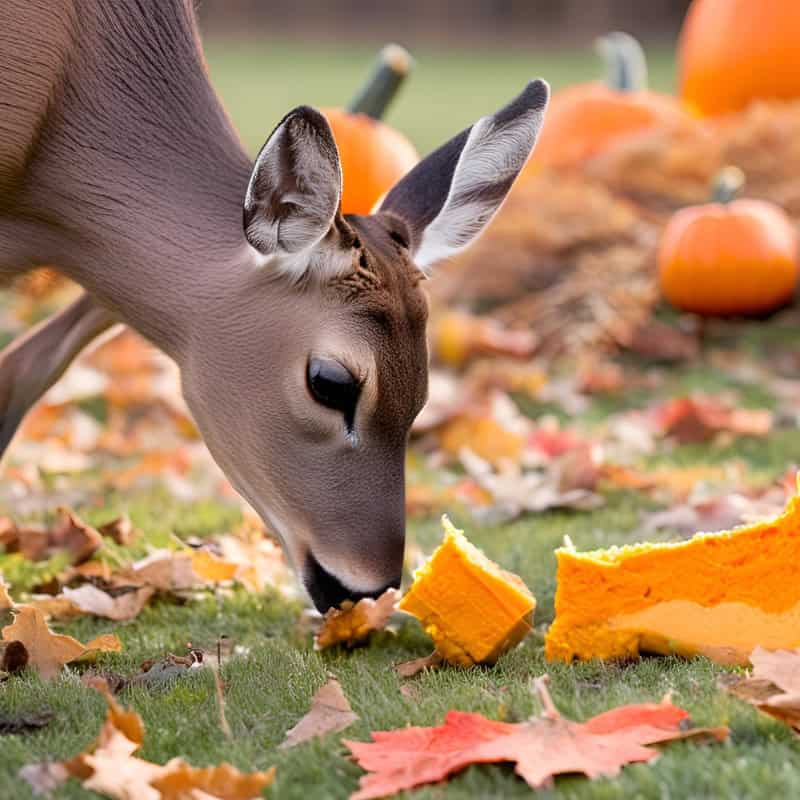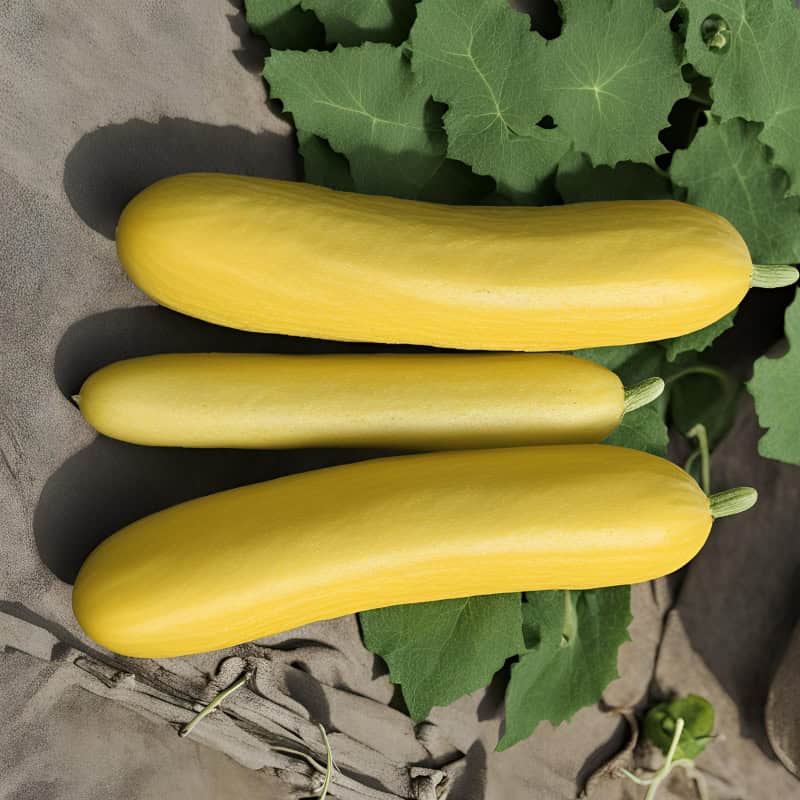Broccoli is a nutritional powerhouse, loaded with vitamins, minerals, and antioxidants. However, like all perishable foods, it has a limited shelf life. Knowing how to identify spoiled broccoli is crucial for both your health and to minimize food waste.
This article aims to guide you through the signs of bad broccoli and offers sustainable and eco-friendly ways to keep this green vegetable fresh for as long as possible.

Why It’s Important to Identify Bad Broccoli
Health Risks
Consuming spoiled broccoli can lead to foodborne illnesses, including bacterial infections that can cause nausea, vomiting, and more severe health problems. Always prioritize food safety when dealing with any perishable items.
Food Waste Concerns
In addition to the health risks, there’s the issue of food waste. Throwing away food contributes to environmental problems and is a waste of resources. Knowing how to properly store and identify spoiled foods can significantly reduce waste.
What Makes Broccoli Go Bad
Broccoli, like other natural foods, undergoes a decaying process. This is often accelerated by factors like moisture, air exposure, and temperature. Storing it improperly can make it go bad faster, which is why proper storage is key.

Signs that Broccoli Has Gone Bad
Visual Cues
One of the most obvious signs of spoiled broccoli is a change in color. Fresh broccoli is a vibrant green, but as it starts to spoil, it will turn a yellowish hue and eventually become brown. If you see mold, that’s a definite indicator that your broccoli is no longer good to eat.
Texture
A fresh broccoli stalk is firm and snaps easily. If the stalks feel limp or the florets have become mushy, it’s time to discard it. Sliminess is another sign that the vegetable is off.
Smell
Fresh broccoli has a mild, earthy smell. A strong, bitter, or sour odor indicates that it’s spoiled. Trust your nose; if it smells off, it probably is.
Taste
While it’s not advisable to taste food to determine if it’s spoiled, a bitter or off flavor is a strong indicator that broccoli has gone bad.
The Shelf Life of Broccoli
When stored properly, fresh broccoli can last up to 2 weeks in the fridge. Cooked broccoli should be consumed within 3–4 days, and frozen broccoli can last up to a year if properly sealed.

Eco-Friendly and Sustainable Ways to Store Broccoli
Use of Beeswax Wraps
Instead of using plastic wraps, consider using beeswax wraps to cover the cut ends of the broccoli. These wraps are reusable, compostable, and an excellent eco-friendly alternative to plastic.
Storing in Glass Containers
Glass containers with airtight lids can also be a good storage option. They are reusable and free from harmful chemicals found in some plastics.
Refrigeration Tips
Place your eco-friendly wrapped broccoli in the vegetable crisper drawer of your fridge. This maintains a consistent temperature and humidity level, extending the vegetable’s freshness.
Freezing Process
If you want to store broccoli for a longer period, consider freezing it. First, blanch the florets in boiling water for 30 seconds, then immediately transfer them to ice-cold water to stop the cooking process. Dry them thoroughly before storing them in eco-friendly silicone freezer bags.
How Long Will Broccoli Last with Eco-Friendly Storage?
With these sustainable storage methods, you can expect your broccoli to last just as long, if not longer, than with conventional methods. You also have the added benefit of reducing your environmental footprint.

FAQs
Can you eat broccoli that has started to yellow?
Yellowing is the first sign that broccoli is starting to spoil. While it may not be harmful at this stage, the nutritional value is diminished, and the taste may be off.
Is it safe to cut off the mold and eat the rest?
No, mold spreads beyond what is visible. If you see mold, it’s best to discard the entire vegetable.
How to store broccoli without plastic?
Beeswax wraps and glass containers are excellent alternatives to plastic for storing broccoli.
Conclusion
Knowing how to identify bad broccoli is essential for your health and helps in reducing food waste. Adopting eco-friendly storage methods not only keeps your food fresh but also contributes to a healthier planet. Always remember, when in doubt, it’s better to be safe and discard any food that shows signs of spoilage.
Interested in sustainable eating? Dive into our food blogs to discover tips, recipes, and insights for a healthier, eco-friendly lifestyle. Click here to read more!









